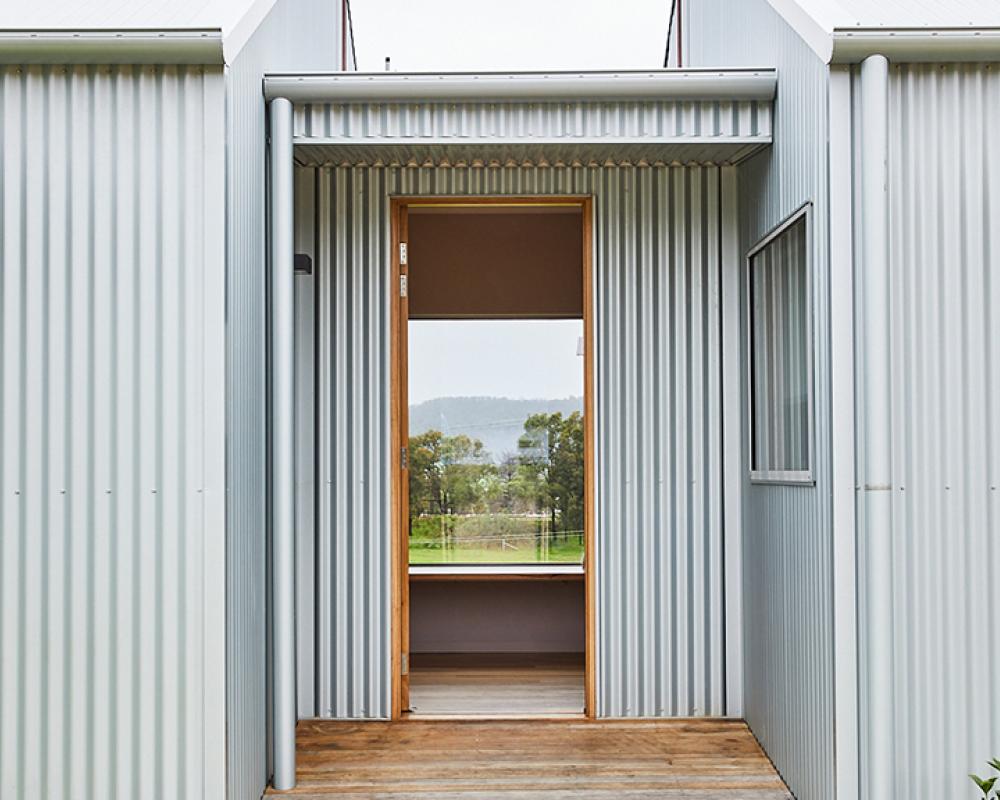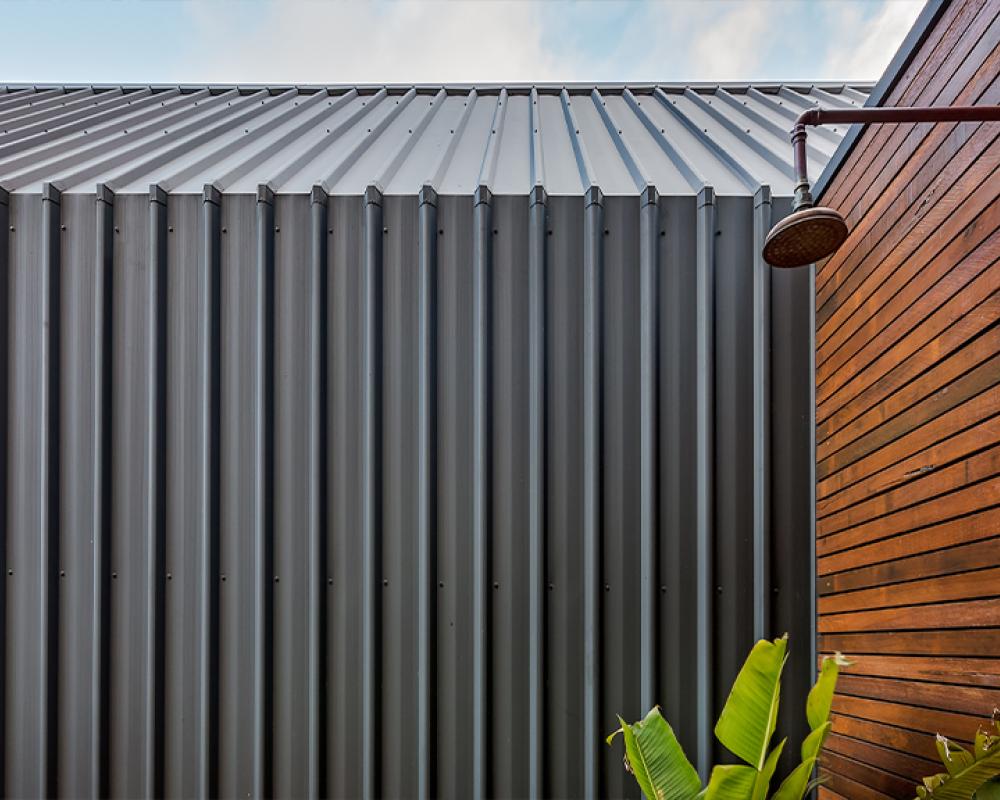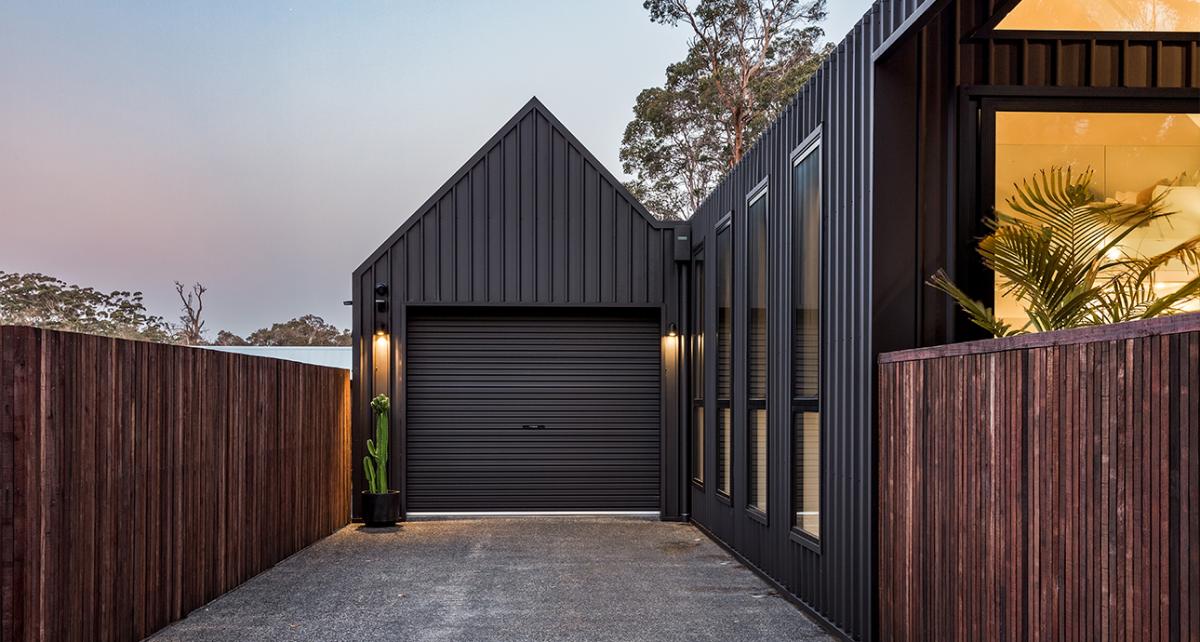Cladding might not be the first decision you make when designing a home, but it’s one that has a lasting impact. Profile, material and colour shape how your home feels, how it fits into its environment, and how it responds to the elements.
Steel cladding brings together design flexibility and performance. It suits a range of home styles and stands up to tough Australian conditions.
Here’s how to choose the right profile for your build.
Why Steel Cladding Works — and How Profile Shapes Design
Steel cladding is ideal for homes across Australia, from coastal builds to inland properties. It resists termites, fire and rot. It doesn’t warp or split, and it handles salt air, wind and heat without issue. That makes it one of the most reliable options for long-term performance.
But steel isn’t just practical. It’s also one of the most versatile exterior cladding materials. With the right profile, it can feel sharp and contemporary or soft and organic. The profile refers to the shape of the steel sheet — how it’s folded or contoured to create light, shadow and texture.
A deep groove might create bold architectural lines. A gentle curve can introduce rhythm and flow. These subtle details can completely change how a home feels.
How to Choose the Right Profile for Your Home
Choosing a cladding profile is a balance between form and function. Consider how the shape will perform, and how it complements your design.
Key questions to consider:
What’s the architectural style of the home?
Modern homes often suit sharper profiles. Traditional or coastal homes tend to work better with curves or softer lines.
How does the light hit your walls?
North and west-facing walls catch stronger sunlight, enhancing shadow and depth.
Do you want vertical or horizontal lines?
Vertical cladding adds height and drama. Horizontal lines feel more grounded and classic.
What other materials are being used?
Your cladding should sit comfortably alongside timber, stone or brick.
What kind of environment are you building in?
Some profiles offer better water drainage or resistance in exposed locations. Talk to your designer or builder for guidance.
Types of Cladding Profiles and What They Offer
Most steel cladding profiles fall into one of three categories. Each has a distinct look and feel:
Vertical ribbed profiles
These create defined, structured lines and suit modern or architectural builds.
Flat panel profiles
Smooth and minimal. Ideal for subtle facades or pairing with textured materials
Curved profiles
Soft, flowing shapes that add warmth and rhythm. Often used on homes in rural or coastal areas.
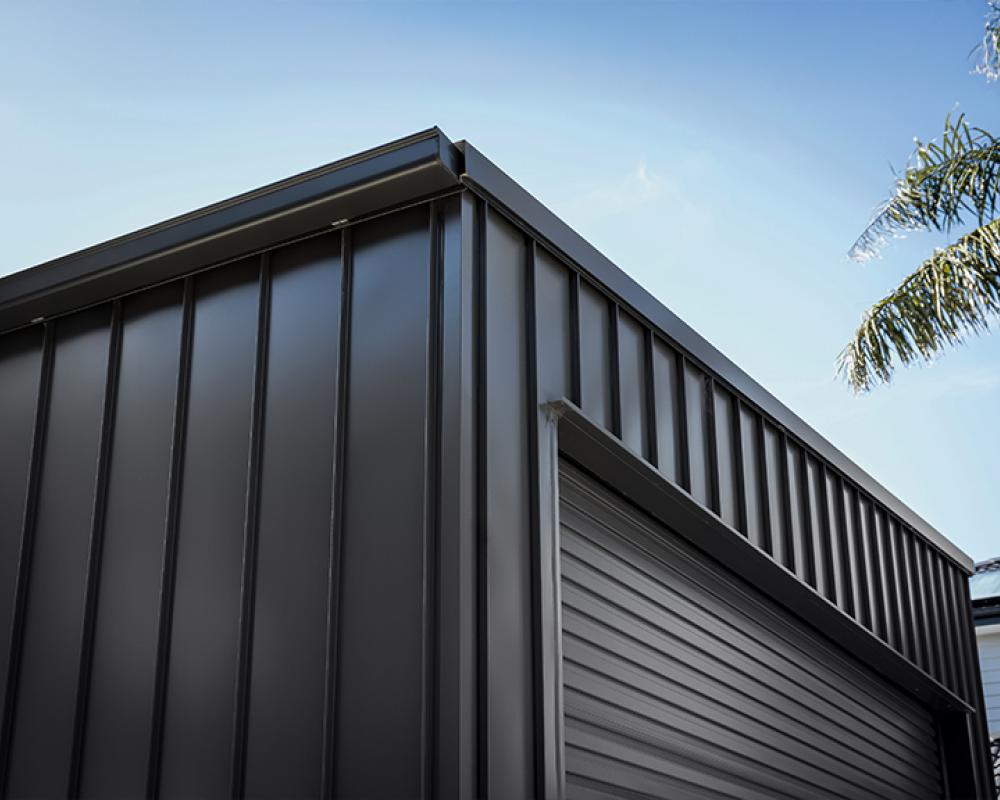
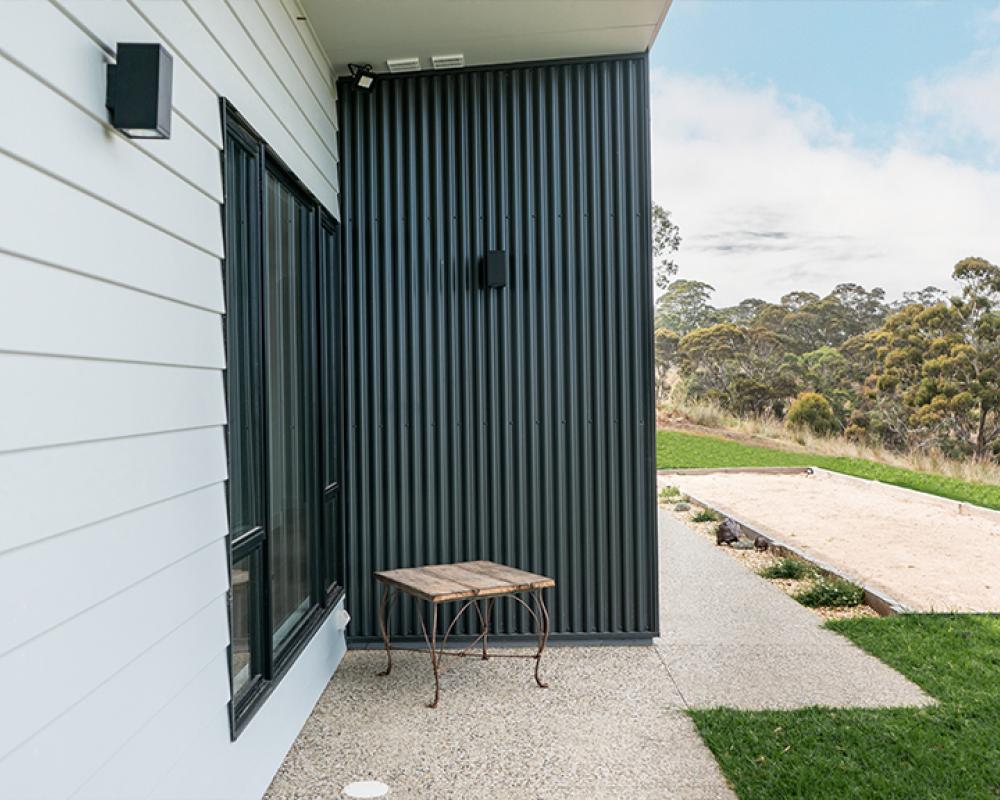
Explore Steel Cladding Profiles from Fielders®
The Fielders® range includes cladding profiles that respond to all kinds of design briefs and site conditions. Here are some standout options:
- Shadowline 305®: Clean vertical lines with a recessed joint. Great for sharp, modern facades and detailed wall designs.
- Prominence™: A flat panel with concealed fixings. Ideal for minimalist homes with a focus on smooth, high-end finishes.
- S-Rib™: A traditional corrugated profile, adding softness and rhythm to external walls, working across both heritage and contemporary home styles.
- Grandeur®: Wide, bold ribs that create depth and structure. A strong choice for architectural cladding with presence.
- Neo Roman®: A curved profile that softens harder materials and introduces flow. Perfect for designs that lean into natural shapes and textures.
Each profile in the Fielders® range offers something unique in how it interacts with light, proportion and the surrounding environment.
The Role of Colour and Finish
Colour and profile go hand in hand. A deep profile in a dark shade, like COLORBOND® steel in Monument®, creates strong contrast and bold lines. The same profile in Surfmist® will feel softer and more understated.
Finish plays a role too. Matte options reduce glare and create a more natural look. Glossy finishes can highlight clean lines and architectural detail.
Whenever possible, view your chosen colour on the actual profile. Seeing it on a real panel — not just a swatch — gives you a clearer picture of how it will perform in changing light.
Long-Term Benefits of Steel Cladding
Steel cladding isn’t just about looks. It holds its shape over time, doesn’t require regular painting and is fully recyclable. It also resists common issues like warping, pest damage and fire.
All Fielders® steel cladding profiles are manufactured to perform in Australian conditions. They’re backed by over 115 years of experience and supported by a local team that understands what Australian homes need.
Before You Decide
As you narrow down your cladding options, take a moment to step back and ask:
- What kind of atmosphere do I want the home to create?
- Does the profile work with the colours and materials I’ve chosen?
- Have I seen it installed, or only as a sample?
- How will the cladding respond to light throughout the day?
- Does it suit the practical needs of the site?
Steel cladding is a durable, flexible and expressive material. When the right profile is in place, it becomes part of the home’s identity.
With Fielders® steel cladding profiles, you’ve got the tools to shape something that works hard and looks good doing it.
